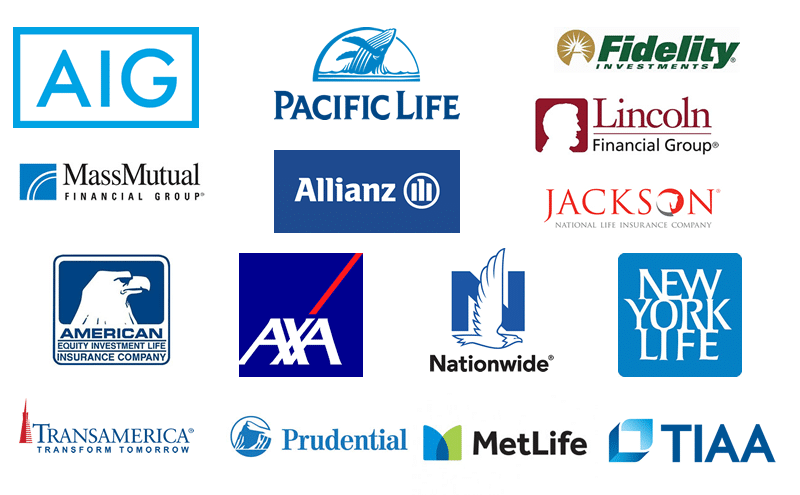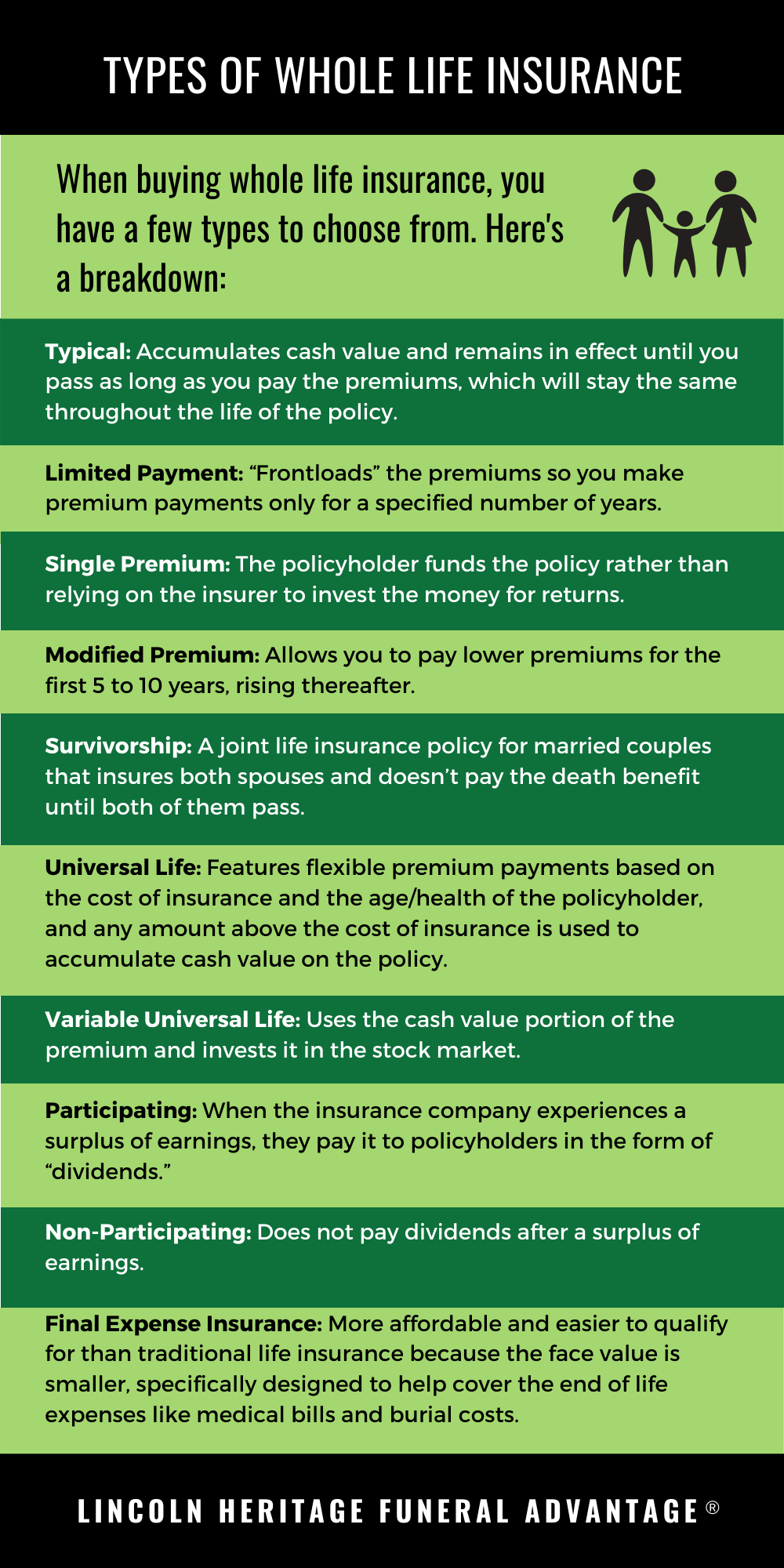At-Fault Car Accident Insurance: What It Is and Why It’s Important
What is at-fault car accident insurance? It’s a type of insurance that covers damages caused by the policyholder in an accident they were responsible for. While no one likes to think about getting into an accident, it’s important to be prepared in case it does happen. If you’re at fault for an accident, your insurance company will be responsible for paying for the other driver’s damages, including their medical bills, car repairs, and lost wages. Hey, accidents happen; it’s better to be safe than sorry.
In most states, drivers are required to carry at least liability insurance, which covers damages to other people and their property. However, if you want to be fully protected, you may want to consider purchasing additional coverage, such as collision insurance, which covers damage to your own car. Also, keep in mind that at-fault accident insurance typically does not cover your medical expenses or lost wages. For that, you’ll need personal injury protection (PIP) or disability insurance.
What Happens If You’re in an At-Fault Accident?
If you’re in an at-fault accident, the first thing you should do is pull over and check to see if anyone is injured. If someone is hurt, call 911 immediately. Then, you should exchange information with the other driver, including your name, address, phone number, and insurance information. You should also take pictures of the accident scene and get the names and contact information of any witnesses.
Once you’ve done that, you should report the accident to your insurance company as soon as possible. They will investigate the accident and determine who is at fault. If you’re found to be at fault, your insurance company will be responsible for paying for the other driver’s damages. You may also be responsible for paying a deductible, which is a set amount of money that you have to pay before your insurance coverage kicks in.
What Are the Penalties for Causing an At-Fault Accident?
The penalties for causing an at-fault accident can vary depending on the severity of the accident and the laws in your state. In some cases, you may be fined or even jailed. You may also lose your driver’s license or have your insurance rates increased.
At-Fault Car Accident Insurance: Understanding Liability and Coverage
If you’re involved in a car accident, determining fault is essential for insurance purposes. At-fault car accident insurance covers you if you’re responsible for the crash. This type of insurance can help pay for the other party’s damages, medical expenses, and legal fees.
How Does It Work?
Insurance companies investigate car accidents to determine fault. They gather evidence, such as police reports, witness statements, and photos of the scene. They also consider the drivers’ statements and any contributing factors like weather or road conditions. Based on this information, they assign liability to one or both drivers.
Fault Determination
Determining fault can be a complex process that involves analyzing multiple factors. Insurance companies may consider the following:
- Negligence: Was either driver careless or reckless, leading to the accident?
- Comparative negligence: If both drivers were partially negligent, fault may be shared.
- Gross negligence: In some cases, a driver’s actions may be so reckless that they’re held fully responsible for the accident.
- Assumption of risk: If a driver knowingly takes a risk that leads to an accident, they may be barred from recovery.
At-Fault Car Accident Insurance: Understanding Your Coverage
If you find yourself responsible for a car accident, you need to understand at-fault car accident insurance. This type of coverage can help you protect yourself from financial ruin after an accident. While it’s not legally required in all states, carrying at-fault car accident insurance is a smart move to safeguard your assets.
Coverage Options
Policies vary widely in coverage limits for damages to other vehicles, property, and injuries. Understanding your coverage options is crucial to ensure you have adequate protection.
Bodily Injury Liability Coverage
This coverage pays for injuries sustained by others in an accident caused by you. The limits vary from state to state and policy to policy. It’s essential to have sufficient coverage to protect yourself from potential lawsuits.
Property Damage Liability Coverage
This coverage compensates for damages to other people’s property, such as vehicles and buildings, caused by you in an accident. Again, limits vary widely, so assess your needs and choose a policy that provides adequate coverage.
Uninsured Motorist Coverage
This type of coverage provides protection in case you’re involved in an accident with a driver who lacks insurance. It covers bodily injury and property damage expenses. With the alarming number of uninsured motorists on the road, this coverage is becoming increasingly important.
Collision Coverage
Collision coverage pays for damages to your own vehicle after an accident, regardless of whether you’re at fault. It’s important to note that this coverage is not mandatory in most states, but it’s a wise investment to protect your vehicle’s value.
Comprehensive Coverage
Comprehensive coverage protects your vehicle from damage caused by non-collision events, such as theft, vandalism, fire, and natural disasters. Like collision coverage, it’s not required in most states, but it’s a valuable addition to your policy if you want comprehensive protection.
Is an At-Fault Car Accident Insurance Costing You More?
Have you ever wondered if you’re paying more for car insurance because an accident was deemed your fault? What exactly does “at-fault” mean when it comes to car insurance, and what are the consequences? Imagine you’re driving down the road, minding your own business, when suddenly, out of nowhere, another car slams into you. You’re disoriented, shaken, and in pain. Once the dust settles, the police arrive and determine that the other driver was at fault for the accident. What does this mean for you and your insurance policy?
When an accident is deemed your fault, it means that the insurance company has determined that you were primarily responsible for causing the accident. This can be due to a number of factors, such as speeding, running a red light, or driving under the influence of alcohol or drugs. Typically, at-fault drivers are assigned a percentage of fault for an accident, which can range from 0% to 100%. The higher the percentage of fault you’re assigned, the more your insurance premiums will increase.
Premiums and Rates
One of the most significant consequences of being found at-fault for an accident is that your insurance premiums will likely increase. This is because insurance companies view at-fault drivers as a higher risk, which means they’re more likely to file a claim in the future. The amount that your premiums increase will depend on a number of factors, including the severity of the accident, the amount of damage caused, and your driving history.
Other Consequences
In addition to higher premiums, being found at-fault for an accident can also have other negative consequences. For example, you may be required to take a defensive driving course or install a monitoring device in your car. You may also find it more difficult to obtain car insurance in the future.
What You Can Do
If you’ve been found at-fault for an accident, there are a few things you can do to minimize the impact on your insurance premiums. First, make sure to dispute the fault determination with your insurance company if you believe it’s inaccurate. You can also take steps to improve your driving record, such as taking a defensive driving course or avoiding driving in high-risk situations.
How to Avoid an At-Fault Car Accident
The best way to avoid the consequences of being found at-fault for an accident is to avoid getting into an accident in the first place. Here are a few tips:
- Obey the speed limit and all other traffic laws.
- Never drive under the influence of alcohol or drugs.
- Be aware of your surroundings and anticipate potential hazards.
- Drive defensively and be prepared to react to the unexpected.
By following these tips, you can help reduce your risk of getting into an accident and protect yourself from the financial consequences of being found at-fault.
At-Fault Car Accident Insurance: What It Is and What It Covers
In the United States, drivers are required to carry car insurance to protect themselves and others in the event of an accident. However, what happens if you’re the one who causes an accident? That’s where at-fault car accident insurance comes in.
At-fault car accident insurance is a type of insurance that covers the costs associated with an accident that you cause. This can include damage to your own vehicle, as well as damage to other vehicles and property, and injuries to other people.
If you’re involved in an accident, it’s important to report it to your insurance company as soon as possible. You’ll need to provide them with details about the accident, including the date, time, location, and the names and contact information of the other drivers involved.
Filing a Claim
Once you’ve reported the accident to your insurance company, you’ll need to file a claim. This is a formal request for your insurance company to cover the costs of the accident.
To file a claim, you’ll need to provide your insurance company with the following information:
- Your policy number
- The date and time of the accident
- The location of the accident
- The names and contact information of the other drivers involved
- A description of the accident
- Photographs of the damage
- Medical records (if there were any injuries)
Your insurance company will review your claim and determine whether or not you’re eligible for coverage. If you are, they will issue you a payment for the costs of the accident.
Determining Fault
Determining fault in a car accident can be a complex process. There are a number of factors that can be considered, including:
- The police report
- Witness statements
- Evidence from the scene of the accident
- The driver’s driving records
In some cases, it may be clear who is at fault for an accident. For example, if one driver rear-ends another driver, it’s likely that the rear driver will be found to be at fault.
However, in other cases, it may not be as clear who is at fault. For example, if two drivers are involved in a head-on collision, it may be difficult to determine who caused the accident.
In these cases, the insurance companies of the two drivers will work together to determine who is at fault. They will consider all of the available evidence and make a decision based on who they believe is more likely to have caused the accident.
Coverage Limits
The amount of coverage you have for an at-fault car accident will depend on your policy limits. Most policies have a limit for property damage and a limit for bodily injury.
If the costs of the accident exceed your policy limits, you may be responsible for paying the difference out of your own pocket. Therefore, it’s important to make sure that you have adequate coverage in place.
Conclusion
At-fault car accident insurance is an important type of insurance that can protect you in the event of an accident. If you’re involved in an accident, it’s important to report it to your insurance company as soon as possible and provide them with all of the necessary information. Your insurance company will review your claim and determine whether or not you’re eligible for coverage.
At-Fault Car Accident Insurance: What You Need to Know
If you’re involved in a car accident, it’s important to know what to do to protect your rights and get the compensation you deserve. If you’re at fault for the accident, you’ll need to file a claim with your own insurance company. But what happens if you disagree with the other driver’s insurance company about who’s at fault or how much you’re owed? That’s where insurance dispute resolution comes in.
Insurance Dispute Resolution
In case of disputes, policyholders can negotiate with the other driver’s insurance company or seek legal assistance. Here are some tips for resolving insurance disputes:
- Document everything. Keep a record of all communication with the insurance companies, including phone calls, emails, and letters.
- Be prepared to negotiate. Insurance companies are often willing to negotiate settlements, but you need to be prepared to give and take.
- Don’t be afraid to get help. If you’re having trouble resolving a dispute on your own, you can contact your state insurance commissioner for assistance.
Getting Legal Help
If you’re unable to resolve a dispute with the insurance company on your own, you may need to consider getting legal help. An attorney can help you negotiate a settlement or file a lawsuit on your behalf.
What to Do After a Car Accident
If you’re involved in a car accident, the first thing you should do is call the police. Then, you should exchange information with the other driver(s) involved in the accident. Be sure to get their name, address, phone number, insurance information, and license plate number.
Filing a Claim
Once you’ve exchanged information with the other driver(s), you should file a claim with your insurance company. You can do this by calling your insurance company or visiting their website. When you file a claim, you’ll need to provide the following information:
- The date, time, and location of the accident
- The names and contact information of the other driver(s) involved in the accident
- Your insurance policy number
- A description of the accident
Getting Your Car Repaired
Once you’ve filed a claim, your insurance company will send an adjuster to assess the damage to your car. The adjuster will then determine how much the repairs will cost. You can then take your car to a repair shop of your choice to have the repairs done.




Leave a Reply